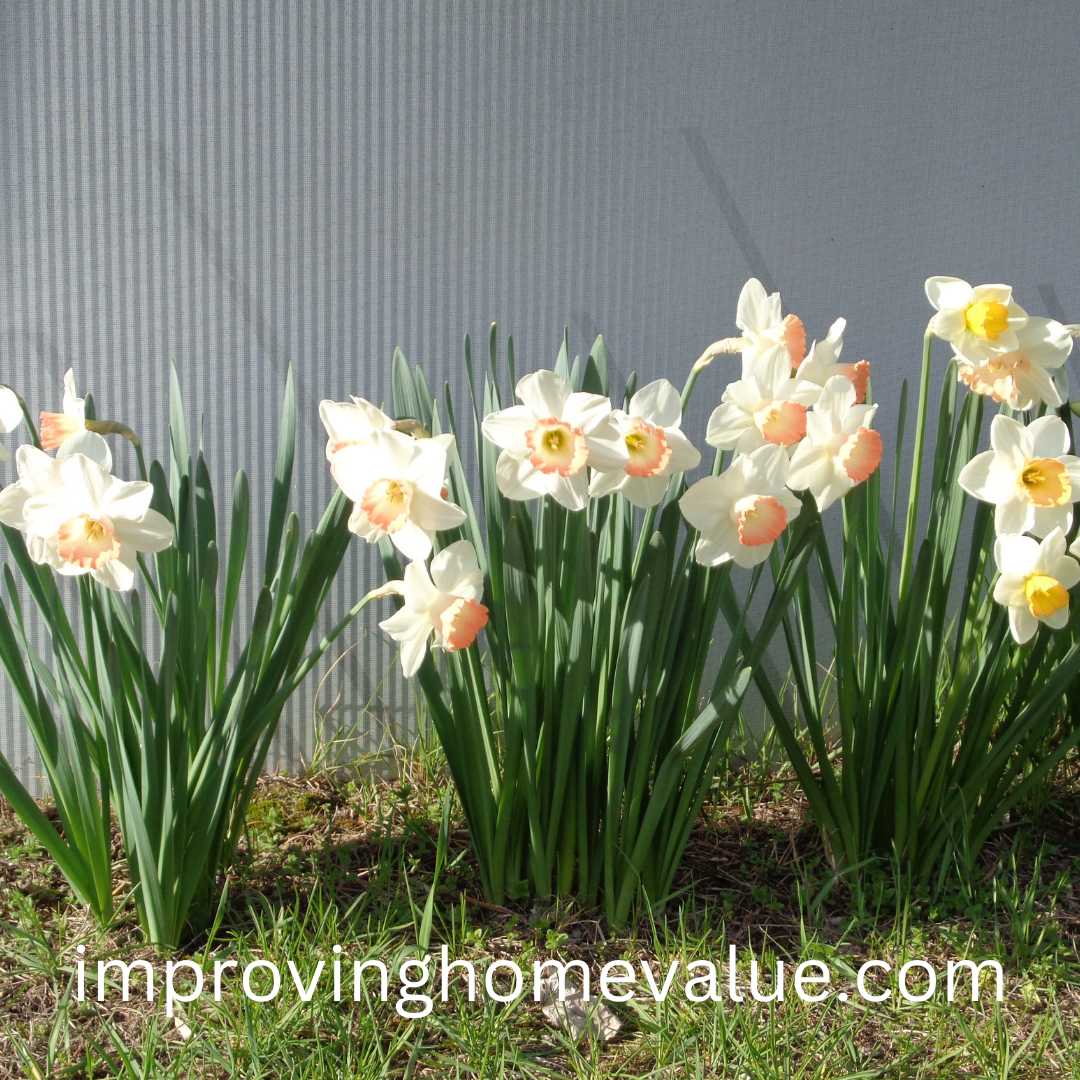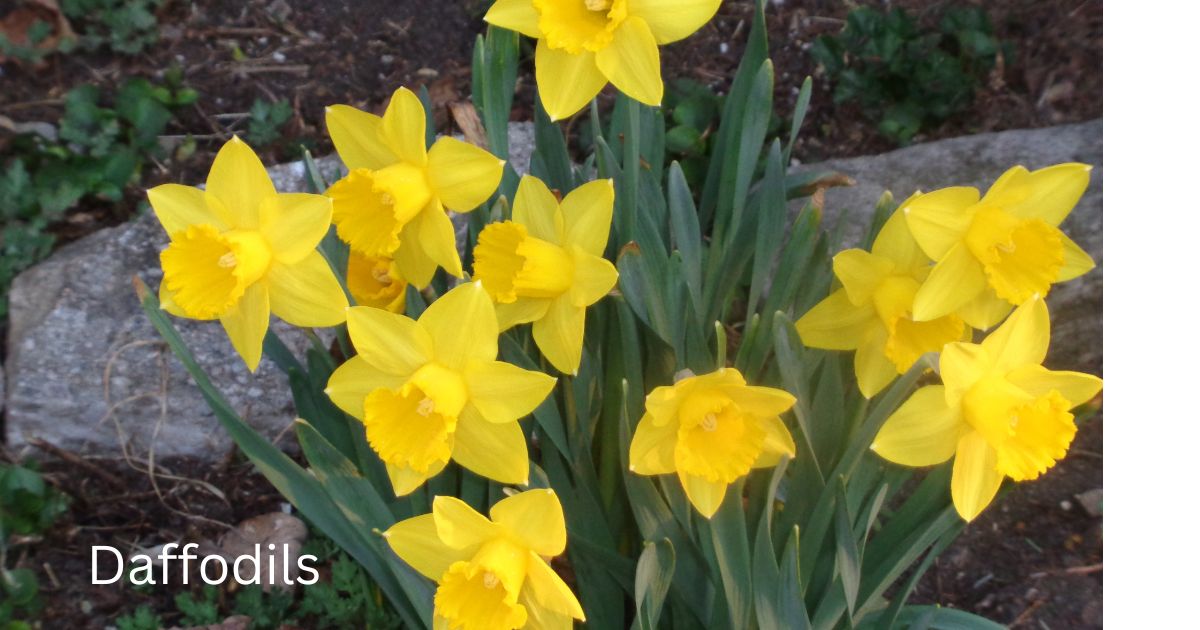Daffodils are pretty low-maintenance, but they thrive best when given the right start. Preparing the perfect spot in your garden can make all the difference. Here are some key points to consider.
First up, soil quality. Daffodils love well-drained soil with a slightly acidic to neutral pH. If your garden soil is heavy clay or too sandy, amend it with some compost or well-rotted manure. This improves drainage and adds nutrients that daffodils need to grow strong and healthy.
Next, let’s talk sunlight. Daffodils are sun-lovers. They perform best when they get full sun to partial shade, so choose a spot in your garden that gets at least six hours of sunlight a day. If they’re in the shade for too long, you’ll get more leaves than flowers.
Watering is another critical factor. Daffodils need regular watering during the growing season, especially when they’re actively growing and blooming. However, avoid waterlogged soil, as it can lead to bulb rot. A good rule of thumb is to water them deeply once a week, more if the weather is particularly dry.
Transitioning from planning to planting brings its unique set of tasks. Before planting daffodils, clear the area of weeds, rocks, and debris. Loosen the soil to a depth of about 12 inches to encourage root growth and mix in some organic matter. Make sure your garden bed is well prepped, as the effort now will pay off with gorgeous blooms come spring.
Planting Techniques for Vibrant Blooms
Timing matters when it comes to planting daffodils. The best time to plant these beauties is in the fall, about 2 to 4 weeks before the ground freezes. This gives the bulbs enough time to establish roots before winter sets in.
Depth is crucial for daffodil bulbs. Aim to plant them at a depth of around 6 inches. A good rule is to plant the bulb three times as deep as its height. So if you’ve got a bulb that’s 2 inches tall, dig a hole that’s about 6 inches deep.
Here’s a step-by-step planting guide to get you started:
1. Dig a hole about 6 inches deep.
2. Place the bulb pointy end up in the hole.
3. Cover with soil and gently firm it down.
4. Water thoroughly to settle the soil around the bulb.
Spacing is just as important as depth. You want to plant daffodils about 4 to 6 inches apart. This gives them room to grow and spread out, but keeps them close enough to make a bold display.
Arranging your daffodils in clusters or drifts can create stunning garden displays. Plant them in groups of at least five to seven bulbs for a natural look. If you’re mixing with other spring flowers, daffodils look fantastic alongside tulips and hyacinths. They not only complement each other in color but also stagger the bloom times, extending the display in your garden.
Following these planting techniques will set your daffodils up for success, ensuring you get vibrant, beautiful blooms come spring.

Exploring Daffodil Varieties and Maintenance
Daffodils come in a wide range of varieties, each with its unique charm. Some of the most popular include the classic yellow ‘Trumpet Daffodils’, the elegant ‘Double Daffodils’ with their layered petals, and the striking ‘Split-Corona Daffodils’, which have a frilly, divided cup. There’s also ‘Triandrus Daffodils’ known for their multiple blooms per stem, and ‘Tazetta Daffodils’ with clusters of small, fragrant flowers.
Colors are another exciting aspect of daffodils. Aside from the classic yellow, you can find them in whites, oranges, pinks, and even combinations of these. Mixing different colors can create a visually dynamic garden display. Consider planting a blend of colors to keep the garden lively and interesting throughout the blooming season.
Even though daffodils are pretty hardy, they have their fair share of pests and diseases. The good news is that daffodils are less likely to be eaten by deer or rabbits, but you might still run into issues like bulb rot, caused by overly wet soil, or pests like narcissus bulb fly and aphids. Keeping the soil well-drained, rotating planting spots, and using organic pest controls can help keep these problems at bay.
Maintaining your daffodils is relatively easy. Deadheading, or removing spent flowers, encourages the plant to direct its energy back into the bulb rather than producing seeds. Fertilizing your daffodils once a year with a balanced fertilizer can also promote healthy blooms. Once the leaves begin to yellow, you can let them die back naturally or cut them down to keep your garden looking tidy.
By selecting diverse varieties, managing pests, and sticking to solid maintenance practices, you’ll be on your way to enjoying beautiful, healthy daffodils year after year.
